Vietnam’s tourism development Strategy to 2030 emphasizes the need to "focus on developing high-quality, diverse, distinctive tourism products that enhance visitor experiences and added value." So how has Lào Cai Province translated this Strategy into action? The following article introduces the province’s unique tourism products - showcasing how Lào Cai, a locality with significant tourism potential, has actively implemented measures to capitalize on its advantages.
Wellness and leisure tourism
Lào Cai’s favorable climate makes it an ideal destination for wellness and leisure tourism, particularly among domestic travelers.
In Sa Pa specifically, the climate is considered one of the most valuable tourism assets. As early as 1903, the French discovered Sa Pa for its cool, fresh air and majestic landscape, laying the foundation for what would become the "summer capital" of northern Vietnam - a favorite retreat for colonial French officials.
Fansipan - the leading eco-tourism site in Lào Cai. Photo: Q.Lien
Today, Lào Cai leads the Northwestern region in terms of accommodation services. The province boasts 1.574 lodging establishments, including four 5-star hotels. Notable resorts include Sapa Jade Hill Resort and Topas Ecolodge - Topas being the first Vietnamese resort ever listed among National Geographic’s most unique accommodations worldwide.
Community - based tourism
Lào Cai is a pioneer in community-based tourism in Vietnam. It was the first province in the country to receive the ASEAN Homestay Award for households in Tà Chải (Bắc Hà) and Tả Van (Sa Pa). Its community - based tourism products have been developed in ethnic villages that appeal to both domestic and international travelers, such as Tả Phìn, Lao Chải, Tả Van, and Cát Cát (Sa Pa); Tà Chải, Na Hối, Bản Phố, Trung Đô (Bắc Hà); and Mường Hum, Y Tý (Bát Xát), among others.
The architectural styles of ethnic minority homes also enhance the appeal of these destinations - examples include the rammed-earth houses of the Hà Nhì people, traditional stilt houses of the Tày, timber-roofed homes of the Mông, and yin-yang tiled earthen homes of the Nùng.
To ensure Lào Cai’s community-based tourism products stand out from those in other Northwestern provinces, the local tourism sector has focused on highlighting each village’s unique ethnic culture. This has been paired with experience-based offerings such as “A Day as a Farmer”, “Becoming a Dao Bride”, “Harvesting Bắc Hà Plums” and “Embroidering Ethnic Patterns”.
Community - based tourism pút local people at its centerPhoto: Q.Lien
Community-based tourism has become a signature brand of Lào Cai tourism, accounting for 20% of all visitors to the province, supported by 475 homestay businesses. Cát Cát Village (Sa Pa) is hailed as the most beautiful village in the Northwest.
Spiritual tourism
Lào Cai currently has nearly 30 sites incorporated into its spiritual tourism offerings, including Nghĩa Đô Temple, Bảo Hà Temple, Đền Thượng, Cô Tân An Temple, Ken Temple (Văn Bàn); Trung Đô Temple, Bắc Hà Temple, and the Hoàng A Tưởng Mansion (Bắc Hà). In particular, the Đền Thượng and Bảo Hà Temple complexes have been restored and upgraded, transforming them into popular pilgrimage destinations that attract hundreds of thousands of visitors each year.
Fansipan is not only an eco-tourism hotspot but also the top spiritual destination in Lào Cai. Photo: Q.Lien
Spiritual tourism has flourished, especially since the provinces of Lào Cai, Yên Bái, and Phú Thọ began cooperating on the "Back to the Roots" tourism initiative. This program connects heritage sites along the Red River, including Đền Thượng, Đền Mẫu, Đền Đôi Cô, and Bảo Hà Temple (Lào Cai); Đông Cuông Temple, Nhược Sơn Temple, and Tuần Quán Temple (Yên Bái); and Mẫu Âu Cơ Temple, Tam Giang Temple, and Du Yến Temple (Phú Thọ).
Notably, the sacred cultural complex at Fansipan, inaugurated in 2017, has drawn considerable interest from spiritual tourists.
Eco-adventure and sports tourism
This tourism segment has become a defining feature of Lào Cai. Hoàng Liên National Park offers eco-tourism experiences like “Exploring Hoàng Liên National Park” and trekking tours to conquer Mount Fansipan. The province has emerged as a top destination for adventurous, thrill-seeking travelers.
Instead of taking the cable car, many visitors prefer to trek to the summit of Fansipan. Photo: Q.Lien
To further unlock the potential of eco-adventure tourism, Lào Cai’s tourism sector is working to elevate adventure sports tourism into a leading national brand. Key offerings include mountaineering experiences like conquering Fansipan, Ngũ Chỉ Sơn (Sa Pa), Ky Quan San, and Lảo Thẩn (Bát Xát); cycling events such as “One Race, Two Countries” in Lào Cai City; rhododendron-themed treks in Bát Xát; the traditional Bắc Hà Horse Race; and activities like paragliding, kayaking, camping (Bát Xát), waterfall climbing, and tree climbing (Sa Pa).
Especially noteworthy is the International Mountain Marathon, with race distances from 10 km to 100 km across some of Vietnam’s most challenging trails. The event showcases Sa Pa’s dreamlike natural scenery - majestic mountains and golden terraced rice fields - and attracts thousands of athletes and tourists from over 50 countries.
Cross - border travel
Through the Lào Cai - Hekou international border Gate, tourists from China make up one-third of Lào Cai’s total international arrivals. To harness the advantages of its border location, the province has launched multiple cooperation agreements with Yunnan Province, China, aiming to build joint tourism routes connecting attractions in Lào Cai with those in Yunnan.
These initiatives have led to the creation of the “One Tour, Two Countries” travel product. Leveraging its status as a border city, Lào Cai has also developed several city tours catering to Chinese visitors for day trips. In 2018, the province piloted a non-scheduled transport route linking Cà Cựu - Hekou Border Gate (China) - Lào Cai International Border Gate (Vietnam) to facilitate travel for tourists and promote Vietnam - China transport businesses.
In 2019, the “Two Countries, Six Destinations” tour was launched. In 2024, a charter train carrying Chinese tourists on a 12-day round-trip railway around Vietnam was inaugurated.
Lao Cai international border Gate is located right in the heart of Lao Cai city.
Strategic vision Lào Cai’s tourism development Framework through 2030, with a vision to 2050, outlines a clear mission: “By 2050, Lào Cai aims to become a leading ‘green’ and ‘smart’ destination for nature-based and adventure sports tourism in Vietnam and the region, deeply rooted in the traditional cultures of its ethnic minorities - offering tourists unique and authentic experiences that exceed expectations and stir profound emotions with every journey”.
With the goal of building a rich, attractive, and high-quality tourism product system based on Lào Cai’s distinctive natural and cultural resources, the province will develop three main product categories: flagship (signature) tourism products, core tourism offerings, and complementary products. This will ensure Lào Cai maintains its distinctiveness and diversity, meeting the evolving demands of the tourism market. Lào Cai is set to offer a diverse, compelling, and professionally developed tourism portfolio - with its own strong brand identity - promising fresh and memorable experiences for every visitor./.
Text: Q.Lien








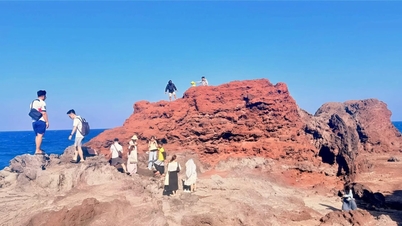








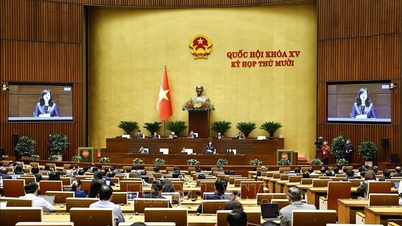


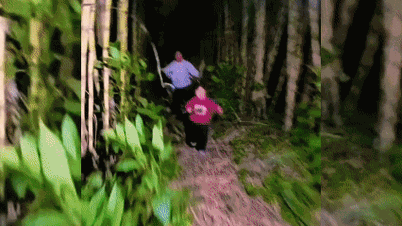

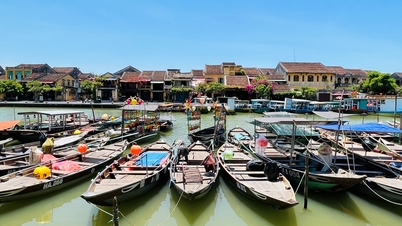

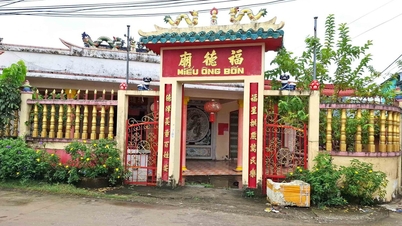



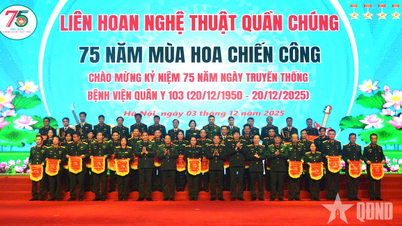







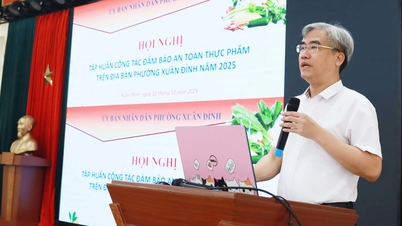


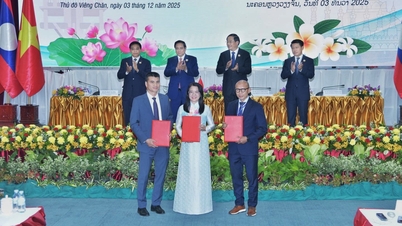
![[Фото] Парад в честь 50-летия Национального дня Лаоса](/_next/image?url=https%3A%2F%2Fvphoto.vietnam.vn%2Fthumb%2F1200x675%2Fvietnam%2Fresource%2FIMAGE%2F2025%2F12%2F02%2F1764691918289_ndo_br_0-jpg.webp&w=3840&q=75)
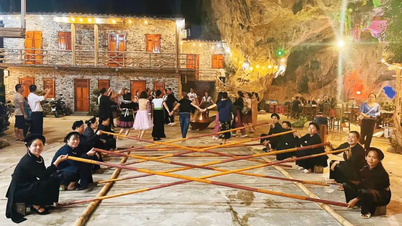

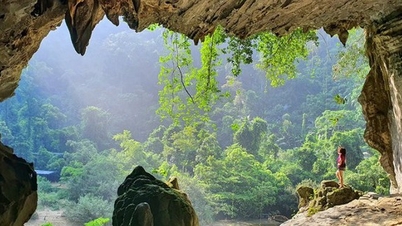

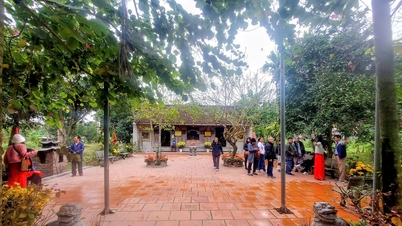
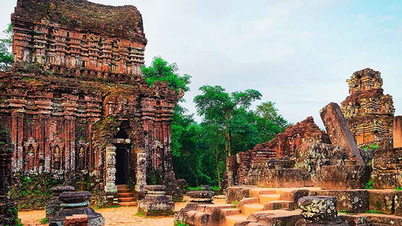


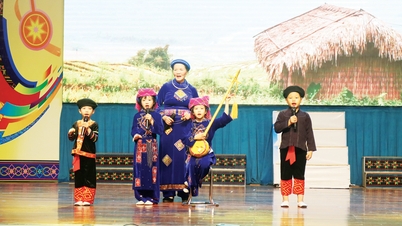

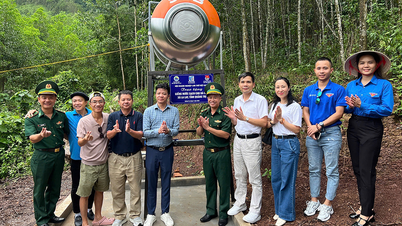




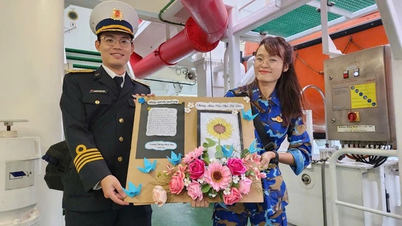







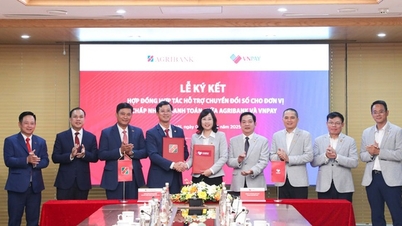









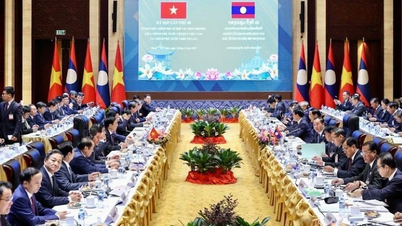







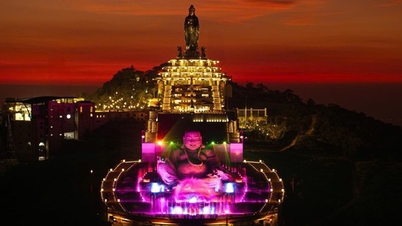
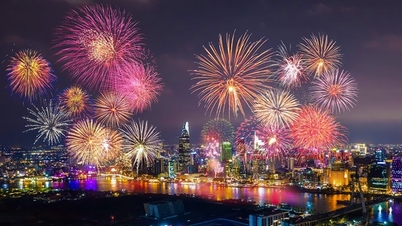




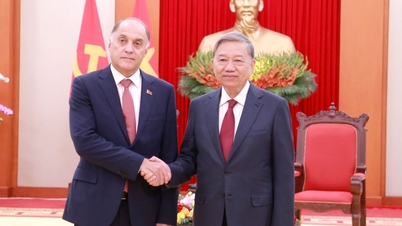
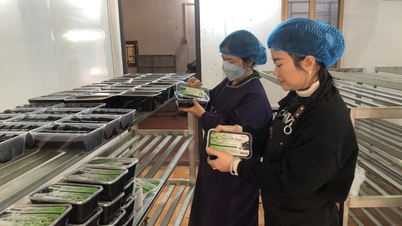

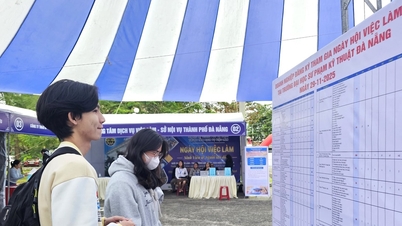

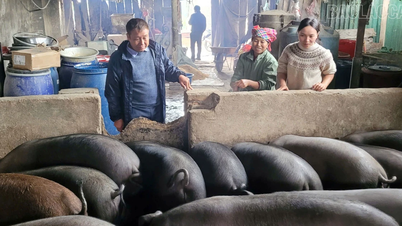

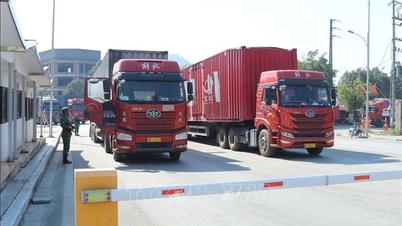

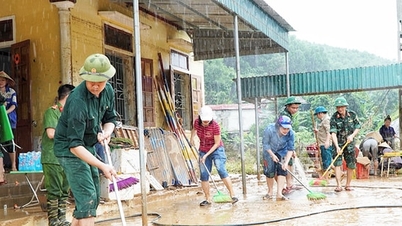








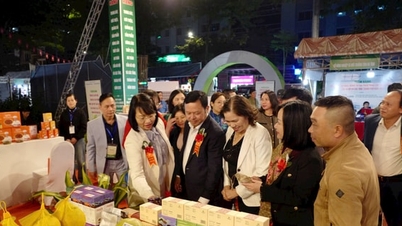




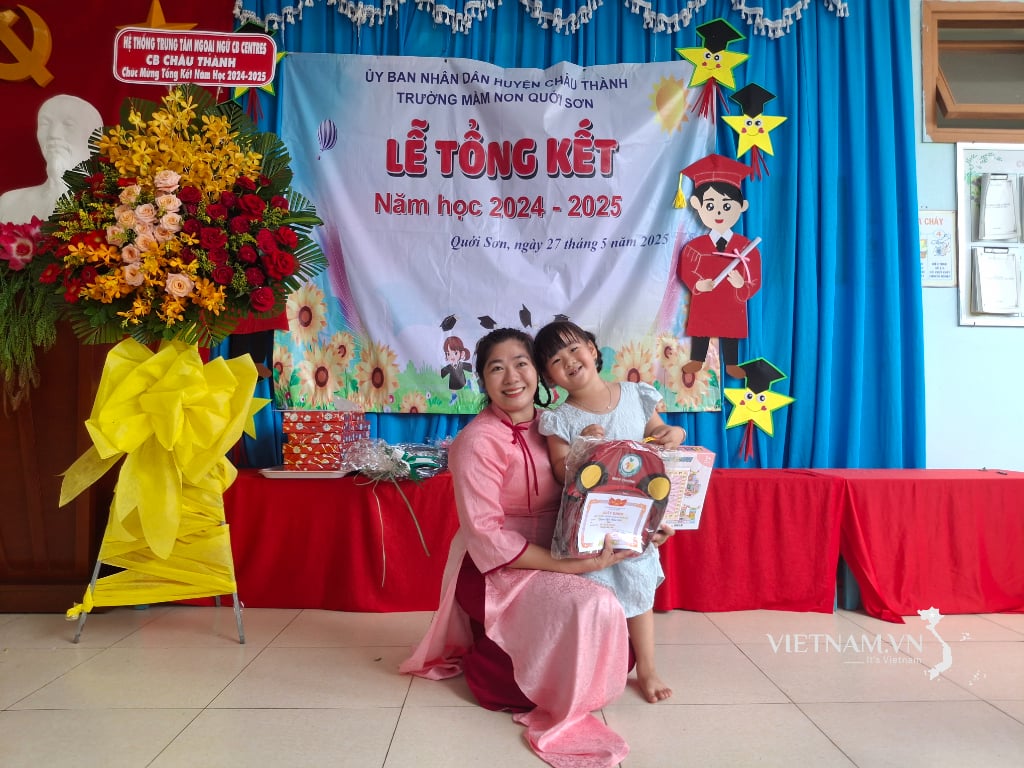
Комментарий (0)